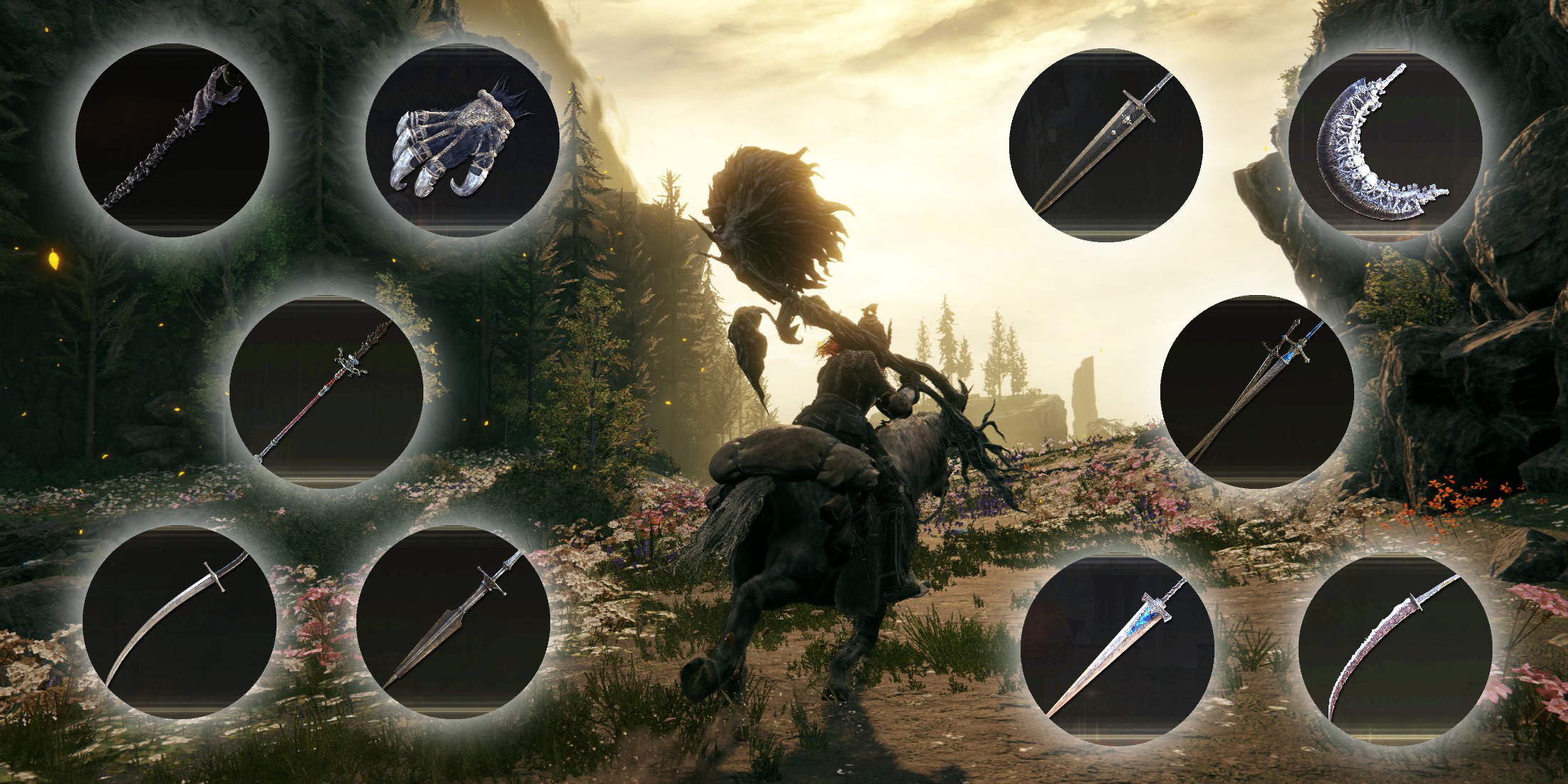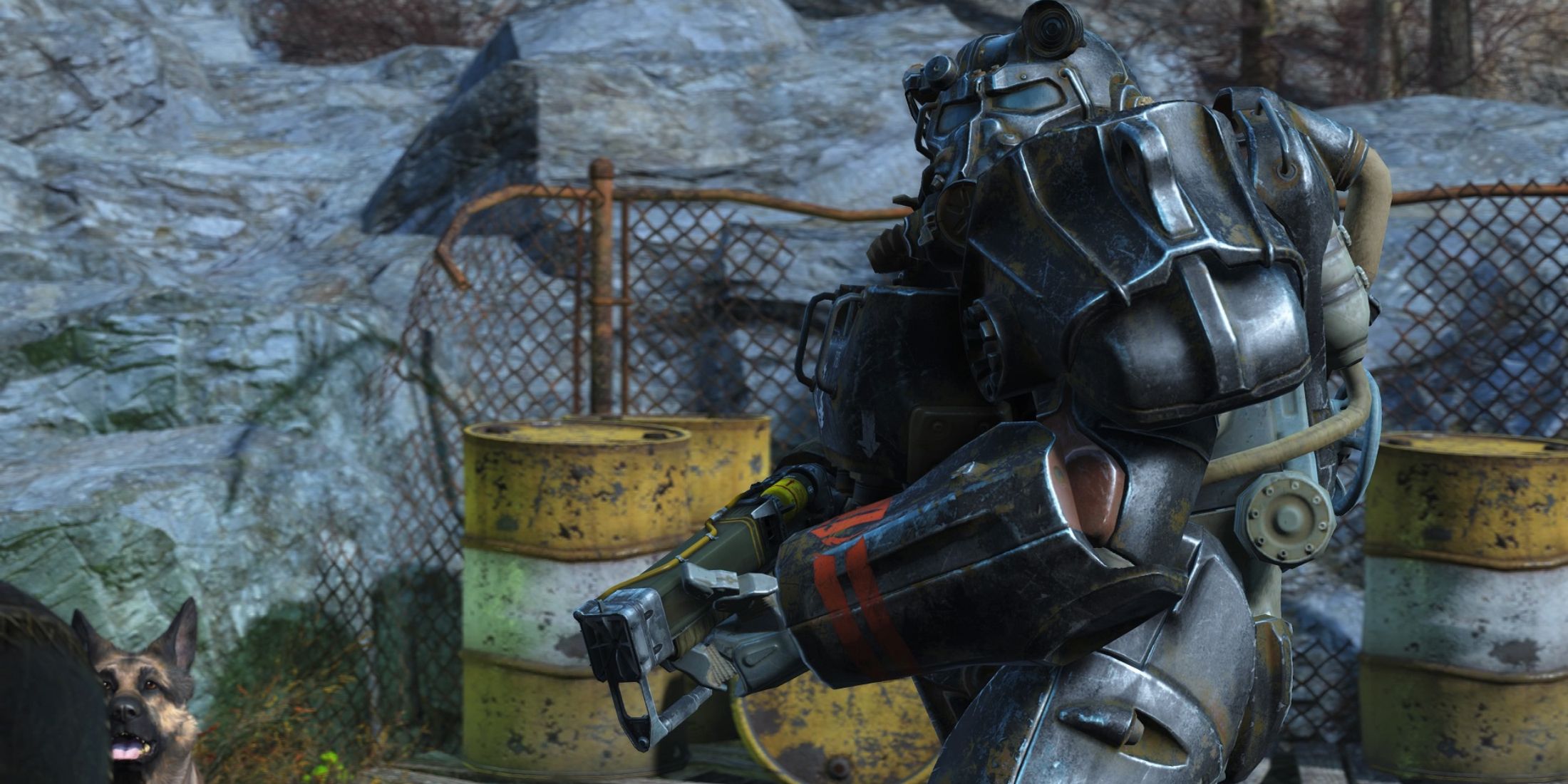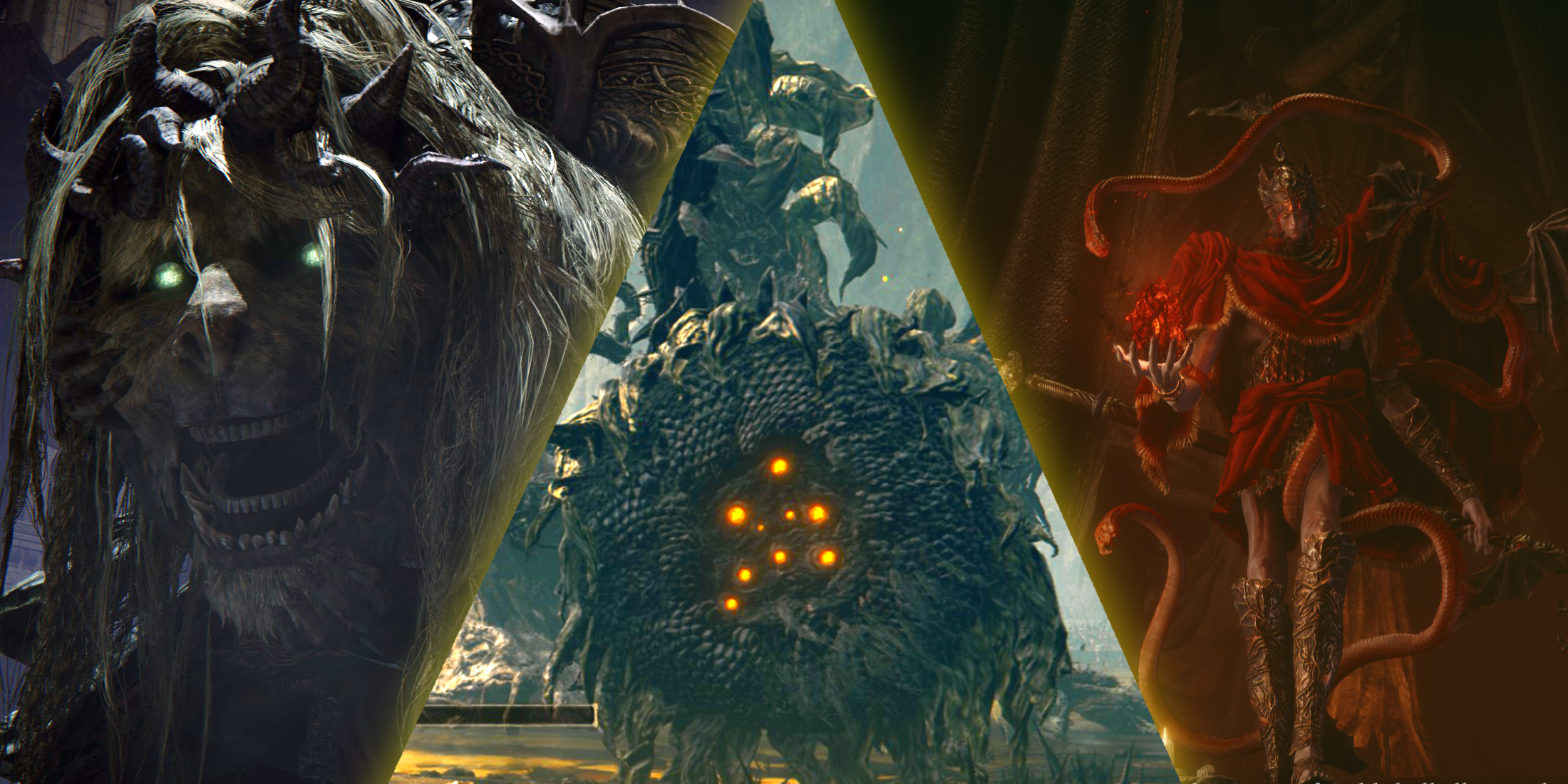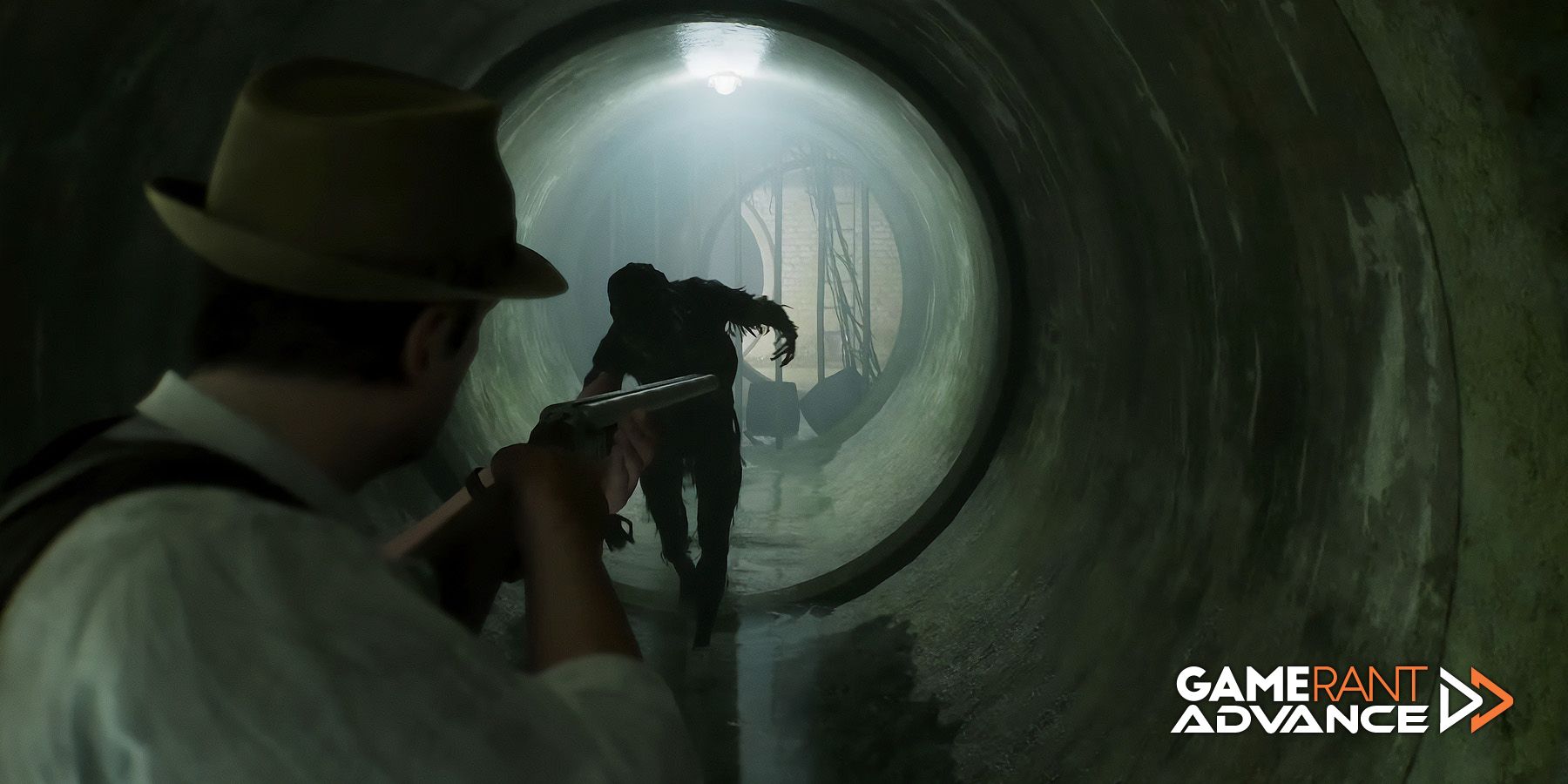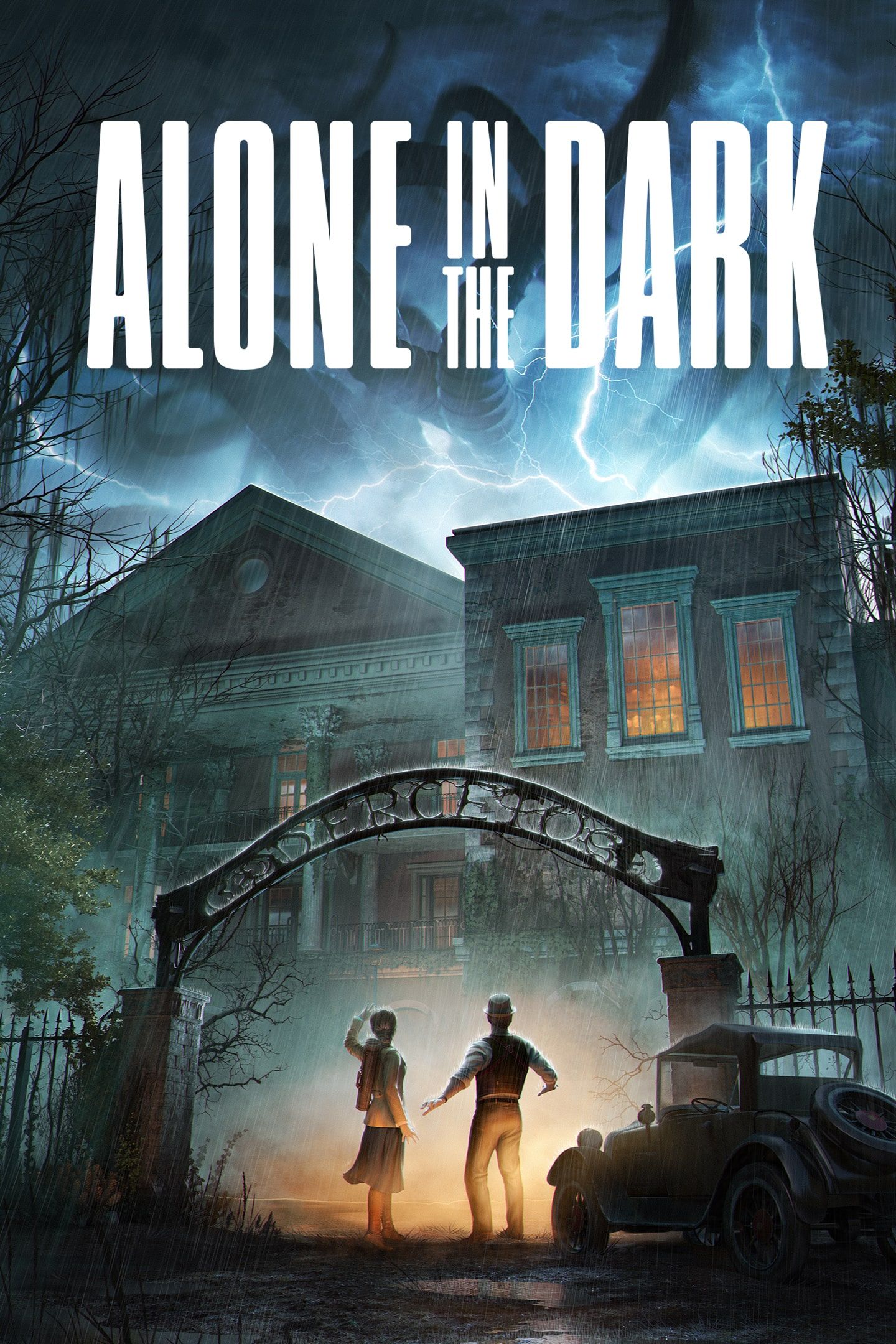The Alone in the Dark series laid the groundwork for decades of survival horror games, and the upcoming reimagining by Pieces Interactive is set to benefit from the genre's evolution with thoughtful design choices that allow players to experience their ideal playthrough. Rather than imposing their own intended way of exploring the haunting halls of Derceto Manor, the studio offers two distinct modes. Those are Old School Mode, which harkens back to the unguided approach of the original, as well as Modern Mode, which includes several quality-of-life features to keep players on track.
In an interview with Game ZXC, Alone in the Dark creative director Mikael Hedberg weighed in on the team's reasoning for including such modes and how these options will affect how players navigate the environment, investigate clues, and solve puzzles throughout the game.
Old School and Modern Mode Are Both Great Ways to Play Alone in the Dark
Old School mode is, of course, the mode that is most in line with how classic survival horror games played out. This method means players may occasionally find themselves turned around, stumped by a clue, or unsure of puzzle solutions. With minimal guidance from the game, players may have to take extra care to pay attention to every detail and truly immerse themselves in the environment, taking note of landmarks or noting potential paths to explore.
When starting the game, in addition to choosing the combat difficulty, the player can choose either modern or old-school mode. Basically, the old-school mode has most of the help systems that aid you with navigation and puzzling turned off, while they are all activated in modern mode. But for more granularity, you can activate and deactivate them individually, as you prefer.
We are aware that some players just want to decide this once and not bother with it while playing, while others might enjoy getting some help for specific parts of the game (like finding interactive points or where to go), but enjoy figuring out other parts on their own (like finding clues in texts). Therefore, all the systems can be activated or deactivated individually.
On the other hand, Modern Mode includes a feature set that may be more comfortable for players who are accustomed to contemporary quality-of-life features that keep the focus on advancing Alone in the Dark's narrative, promoting fruitful exploration, and minimizing downtime. That's not to say that Alone in the Dark intends to be overly handholding with these features, but this can ease some of the frustrations of players who enjoy or do not enjoy certain aspects of the survival horror genre.
Players Aren't Stuck With Just One Mode Choice In Alone in the Dark
Hedberg notes that players don't need to settle for one or the other, and instead, they'll have some granular control over which quality-of-life and guidance systems they'd like to enable. Players who don't enjoy being stumped by a particularly difficult puzzle may wish to enable Dynamic Objectives to hint them toward puzzle mechanics they may be missing, for example.
Those systems are:
- Map Highlighting: The game will give you more detailed information on your map, including which doors can be opened with the items you possess and whether you have everything to solve a specific puzzle.
- Text Highlighting: You will find a lot of written clues in the game. With this system turned on, the game will highlight the important parts of those texts that contain hints for puzzles to solve.
- Dynamic Objectives: With this activated, the game will give you specific sub-objectives for various puzzles that give you more step-by-step hints on how to solve something while not telling you the solution outright.
- Highlight interactions: When you activate this, you can get all interaction points in a given room highlighted, helping you not to miss important objects.
Another particularly helpful feature is interaction highlights, something players will certainly feel at home with if they've been doing a lot of looting in Starfield recently. Being able to quickly identify world objects that aren't simply decorative can cut down on a lot of the guesswork when exploring or otherwise highlight something that may have been missed at a glance. Thanks to these options, players should be able to fine-tune their playthrough to be the ideal Lovecraftian-inspired game.

